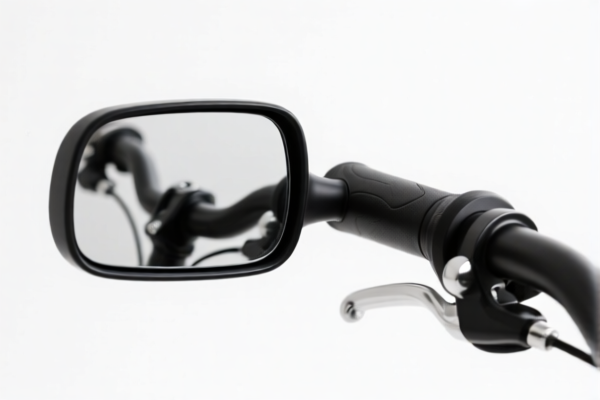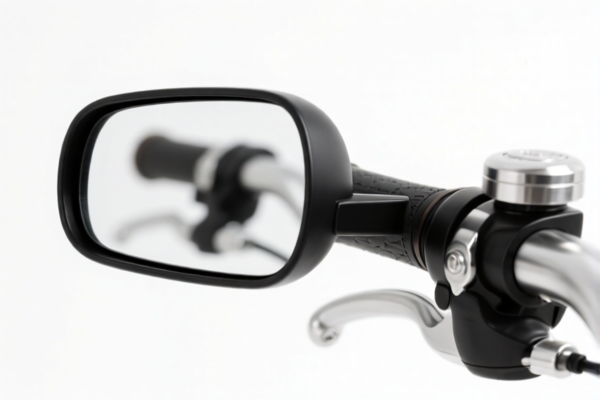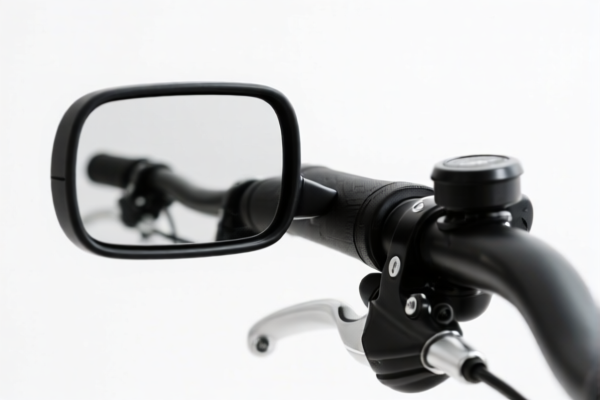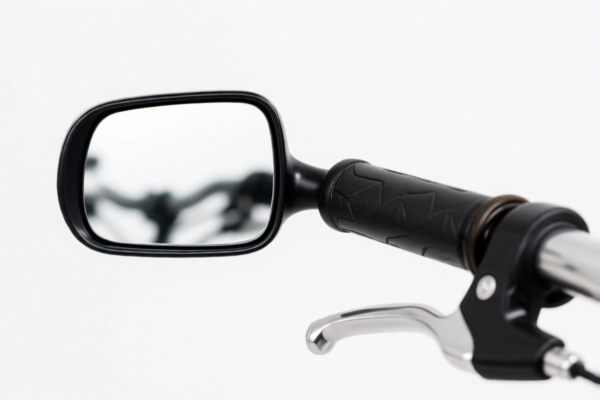| HS Code | Official Doc | Tariff Rate | Origin | Destination | Effective Date |
|---|---|---|---|---|---|
| 8712004800 | Doc | 66.0% | CN | US | 2025-05-12 |
| 8712005000 | Doc | 3.7% <u></u>+55.0% | CN | US | 2025-05-12 |
| 8714998000 | Doc | 47.5% | CN | US | 2025-05-12 |
| 7419801500 | Doc | 58.0% | CN | US | 2025-05-12 |
| 7419805050 | Doc | 55.0% | CN | US | 2025-05-12 |
| 7418100002 | Doc | 40.5% | CN | US | 2025-05-12 |
| 7418100004 | Doc | 40.5% | CN | US | 2025-05-12 |




Bicycle Rearview Mirror
A bicycle rearview mirror is a safety component mounted on a bicycle that allows the rider to observe situations behind them without turning their head, enhancing awareness of traffic, pedestrians, and other potential hazards.
Material
Bicycle rearview mirrors are commonly constructed from the following materials:
- Glass: Provides a clear, undistorted reflection, but is more susceptible to breakage. Often used in combination with a protective housing.
- Acrylic: A lighter and more shatter-resistant alternative to glass, though may offer slightly less clarity.
- Polycarbonate: Highly impact-resistant and durable, commonly used in higher-end mirrors.
- ABS Plastic: Frequently used for the housing and mounting components, providing a balance of strength and weight.
- Aluminum Alloy: Utilized for mounting brackets and arms, offering strength and corrosion resistance.
Purpose
The primary purpose of a bicycle rearview mirror is to improve rider safety by:
- Increasing Situational Awareness: Allowing the rider to monitor traffic and obstacles without compromising forward vision.
- Facilitating Lane Changes: Enabling safer and more confident lane positioning and maneuvers.
- Early Hazard Detection: Providing advance warning of approaching vehicles or pedestrians.
- Reducing Neck Strain: Minimizing the need to constantly turn the head to check for traffic.
Function
A bicycle rearview mirror functions through the principle of reflection. Light from objects behind the rider is reflected off the mirror surface, creating a visual image that allows the rider to see their surroundings. The angle of the mirror is adjustable to provide optimal viewing coverage.
Usage Scenarios
Bicycle rearview mirrors are beneficial in a wide range of riding scenarios:
- Urban Commuting: Essential for navigating city streets with heavy traffic.
- Road Cycling: Improves safety when riding in groups or on roads with passing vehicles.
- Mountain Biking: Can provide awareness of approaching riders or obstacles on trails (though less common due to terrain).
- Long-Distance Touring: Reduces fatigue and improves safety during extended rides.
Common Types
Several types of bicycle rearview mirrors are available, each with its own advantages and disadvantages:
- Handlebar-Mounted Mirrors: The most common type, attaching directly to the handlebars. These are generally easy to install and adjust. Subtypes include:
- End Bar Mirrors: Attach to the ends of the handlebars.
- Center Bar Mirrors: Mount in the center of the handlebars.
- Helmet-Mounted Mirrors: Attach to the helmet, providing a fixed viewing angle. Useful for mountain biking or situations where handlebar mounting is not ideal.
- Eyeglass-Mounted Mirrors: Small mirrors attached to the frame of eyeglasses, offering a discreet option for some riders.
- Frame-Mounted Mirrors: Attach to the bicycle frame, typically the seat post or top tube. Less common, as they can be more difficult to adjust and may not provide optimal viewing angles.
- Folding Mirrors: Designed to fold away when not in use, suitable for transport or storage.
Based on the material, use, and application scenarios, a bicycle rearview mirror is a component used for safety observation while riding a bicycle. It is typically made of glass and plastic, and is attached to the handlebars or helmet.
The following HS codes are relevant to bicycle rearview mirrors, based on the provided reference material:
-
8712004800: Other bicycles. This HS code covers a broad category of bicycles, and a rearview mirror could be considered a component of these bicycles.
- 87: Vehicles and their parts and accessories; bicycles, scooters, etc.
- 12: Bicycles and other cycles and parts thereof.
- 004800: Other bicycles.
- Tax Rate Details: Basic tariff: 11.0%, Additional tariff: 25.0%, Additional tariff after 2025.4.2: 30%. Total tariff: 66.0%.
-
8712005000: Other cycles. This HS code covers other types of cycles, and a rearview mirror could be a component of these cycles.
- 87: Vehicles and their parts and accessories; bicycles, scooters, etc.
- 12: Bicycles and other cycles and parts thereof.
- 005000: Other cycles.
- Tax Rate Details: Basic tariff: 3.7%, Additional tariff: 25.0%, Additional tariff after 2025.4.2: 30%. Total tariff: 3.7% + 55.0%.
-
8714998000: Parts and accessories of vehicles of headings 8711 to 8713: Other: Other. This HS code specifically covers parts and accessories for vehicles, including bicycles, and a rearview mirror would fall under this category.
- 87: Vehicles and their parts and accessories; bicycles, scooters, etc.
- 14: Parts and accessories of vehicles of headings 8711 to 8713.
- 998000: Other: Other.
- Tax Rate Details: Basic tariff: 10.0%, Additional tariff: 7.5%, Additional tariff after 2025.4.2: 30%. Total tariff: 47.5%.
Customer Reviews
No reviews yet.